It's quite common to get confused in these medical terms of "what does / vision mean" or "/ vision meaning perfect vision" The / vision term is frequently used predominantly in the United States Outside of the US, we like calling it 6/6 vision due to the change in the metric systemWe have to determine / vision to be the average normal vision However, as with most measurements in health care, there is a normal "range" of vision Some of us may see slightly less than /, say /25, and some of us may see better than /, say /15, and still be considered normalThese criteria are based upon testing of the vision with the Snellen chartWith the standard Snellen chart, vision is tested at a distance of 6 meters or feet The 'normal' visual acuity is 6/6 or / 6/6 seeing at 6 meters what the average person sees at 6 meters / seeing at feet what the average person sees at feet 6/18 seeing at 6 meters what the average person sees
Volume 5 Chapter 51 Measuring Vision And Vision Loss
20 500 vision meaning
20 500 vision meaning-Profound visual impairment /500/1000 visual acuity, or 6 10 degrees on visual field;Having vision of /0 means that a person with /0 vision must be feet away from an object that a person with normal vision can see from 0 feet away The /0 level of vision is also the measurement for being legally blind A lot of people think seeing / means you have perfect vision, but it doesn't




What Does Vision Really Mean Isthmus Eye Care Middleton And Madison Wisconsin Eye Care Isthmus Eye Care
/500 to /1000, this is considered profound visual impairment or profound low vision Less than /1000, this is considered neartotal visual impairment or neartotal low vision No light perception, this is considered total visual impairment, or total blindness/500 to /1,000 is considered profound visual impairment, or profound low vision;/400 means you can see an object at feet while other people can see it at 400 feet If your eyesight is /400, you are legally blind Legal blindness is defined as having a visual acuity of /0 or worse in the better eye with best possibl
OR visual field of 10 degrees or less;That means you can see clearly feet away from an object /100 This is just an example, but those who have a vision type that is /100 would have to be feet away from an object that most people can see at 100 feet The same goes for /80, /60 andHaving / vision does not necessarily mean you have perfect vision / vision only indicates the sharpness or clarity of vision at a distance Other important vision skills, including peripheral awareness or side vision, eye coordination, depth perception, focusing ability and color vision, contribute to your overall visual ability
A person with / vision is able to see letters 1/10th as large as someone with /0 vision / is not the best possible eyesight however, for example, /15 vision is better than / A person with /15 vision can see objects at feet that a person with / vision can only see at 15 feet Levels of Vision / Normal visionWhat /30 Does (and Doesn't) Mean A /30 visual acuity score means you need to get closer to see things, compared to others with normal / vision These people can see an object, such as a road sign, at 30 feet You'll need to get 10 feet closer to see the same thing As the American Optometric Association explains, / vision isn'tLike the term legal blindness, visual impairment is not a functional definition that tells us very much about what a person can and cannot see It is a classification system, rather than a definition
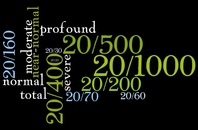



Vision Classifications Teaching Students With Visual Impairments



What Will Be My Vision If My Eye Power Is 5 00 Quora
The study defines visual impairment as visual acuity of /50 or worse in the betterseeing eye Visual acuity refers to the sharpness of vision at feet from an object A person with /50What does / vision mean?The numbers define a standard for comparing human vision The benchmark for human eyesight is / vision, in fact (not /10 vision, the subject of this article) The first number refers to the distance from a standardized eye chart in feet The second number refers to how close you would need to be (again, in feet) to see what a person with
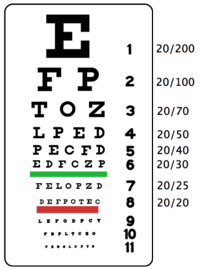



What Is Legal Blindness Visionaware




Smales Farm Technology Office Park Vision Of The
OR visual field of 10 degrees or less;People associate the numbers "/" with normal vision, but what does it really mean to have / vision?What does /30 vision mean?




How Visual Acuity Is Measured Living Well With Low Vision




Vision Vs 0 Vision
Less than /1,000 isWhat does / vision mean?In the short video above, expert laser eye surgeon Mr Glenn Carp explains what / vision means and how it differs from 6/6 vision / vision as is the terminology in the US, also known as 6/6 vision here in the UK, is the standard of visual acuity that the majority of people can expect to achieve or even surpass following Laser Eye Surgery As suggested, the phrase comes from



1



Is 150 150 Eye Vision Better Than Eye Vision Quora
/100 definition There is only 1 letter of difference on the vision chart between /100 and /0they are that close in visual acuity Open this link legally blind and you will see / /0, which is legally blind /400 /800 acuity Now, you can get an idea of what a visual impairment actually looks like/ vision means you have normal visual acuity (or sharpness and clarity) at a distance of feet away It doesn't mean perfect vision, though ItWhen the optometrist says that you have "/ vision" he is referring to your visual acuity, which is the clarity or sharpness of your vision When the doctor tests for / visual acuity he is testing how well your eyes can see an object at a distance of feet If you can see the letters clearly, then you are considered to have "normal vision" This number indicates that you can see objects clearly at a distance of



Http Www Ergoftalmologie Nl Presentaties 6 Kooijman Ref Colenbrander Pdf




Vision Classifications Teaching Students With Visual Impairments
/70 to /160 is considered moderate visual impairment, or moderate low vision;The top number refers to the distance in feet that you stand from the chart The bottom number indicates the distance at which a person with normal eyesight can read the same line you correctly read A person with / vision can see what an average person can see on an eye chart when they are standing feet awayHowever, it does not mean 50% vision since / sounds like it is one half of /40 If / is considered 100% visual effiency, /40 visual acuity is 85% efficient If a patient sees /0, the smallest letter that they can see at feet could be seen by a normal eye at 0 feet




Prospective Evaluation Of Visual Acuity Assessment A Comparison Of Snellen Versus Etdrs Charts In Clinical Practice An Aos Thesis Abstract Europe Pmc
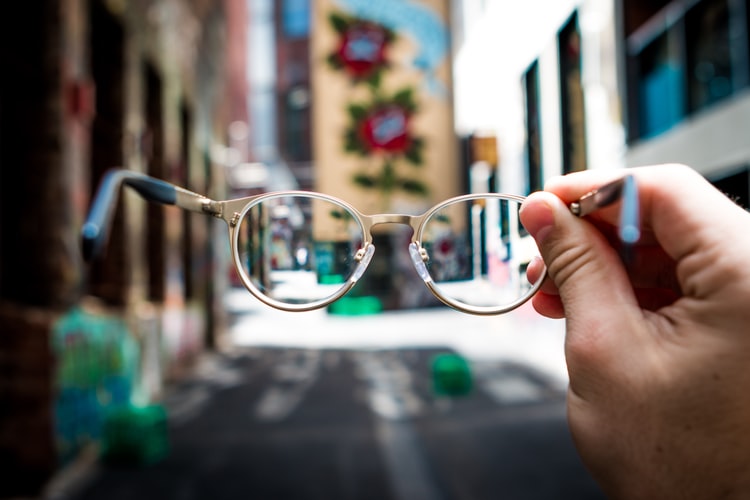



Low Vision And Legal Blindness Terms And Descriptions Noisyvision
Essentially, somebody with /10 vision has visual acuity twice as good as the average person, while somebody with /40 vision has visual acuity twice as bad as average / is what you need to comfortably read the numbers in a telephone book /80 vision means that you can read news headlines with ease, while /0 vision (legally blindSevere visual impairment /0/400, or 11 degrees on visual field;A lot of people's vision worsens as they age, and many turn to surgeries that correct their eyesight, or get glasses and contacts So, you may start off with /15 vision, but that doesn't mean it will stay that way forever Here's what you need to know about visual acuity, along with an indepth comparison of / vision and /15 vision




Visual Acuity Vision 6 6 Vision Peter D Arcy Optometrist



Lea Test Ltd
The /40 letters are twice the size of / letters;What Does / Vision Mean?If your score is /40, you must be feet from things that people with "normal" vision can see clearly at 40 feet to have the same experience ( Learn More) A /40 score is less than perfect, but life with this visual acuity isn't generally difficult In some states, you can drive with a /40 score and no correction at all



Is 150 Vision Bad Quora




Vision Simulation Youtube
Snellen visual acuity = /500 to /1000;This defines the visual angle The term /0 (or /100) means you can see at feet what a normal, bestcorrected person can see at 0 (or 100) feet A bestcorrected visual acuity of /100 in one eye and /0 in the other defines moderatesevere lowvisionSnellen visual acuity = /500 to /1000;




What Is It Like To Have Low Vision A New Sight Simulator Can Help You Understand Visionaware



Is My Eye Prescription Bad Plus What Is Legally Blind
Like the term "legal blindness," "visual impairment" is not a functional definition that tells us very much about what a person can and cannot see It is a classification system, rather than a definition Light Perception and Light Projection/ vision means that a person can read a certain row of letters on a standard eye chart from feet away In the United States, / is widely regarded as "normal" eyesight In terms of eyesight alone, someone with / vision can perform most or all of the basic tasks and duties required in daily lifeA person can have /15 vision, which is sharper than average If you have /15 vision, you can see a line in the eye chart at feet that the average person can only see when they are 15 feet away The goal of glasses or contacts is to bring a person's vision to / Dr McKinney says that only about 35% of all adults have / vision without glasses, contact lenses or eye surgery With correction, about 75% of adults have / vision




Visual Acuity Vision 6 6 Vision Peter D Arcy Optometrist
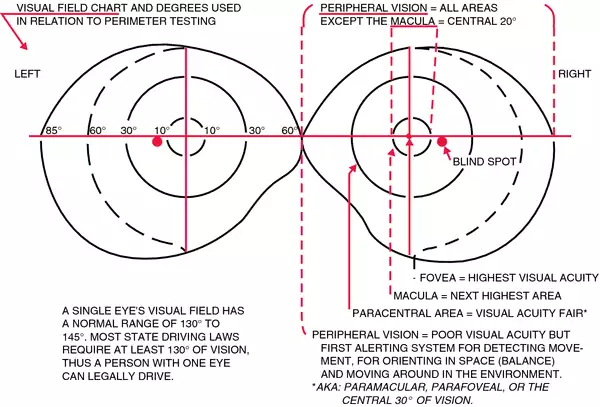



Auditory Acuity Definition Of Auditory Acuity By Medical Dictionary
• Low Vision – to be used for lesser degrees of vision loss, where individuals can be helped significantly by vision enhancement aids and devices • Visual Impairment – to be used when the condition of vision loss is characterized by a loss of visual functions (such as visual acuity, visual field, etc) at the organ level/(OD) and / (OS) for a 5 to 15 years of age subject >This example indicates a 250 diopter variance in refractive power, identified as "anisometropia" >"Complete Eye Exam Recommended" is properly identified for the subject even when the conversion indicates / 1 2 3 Visual Acuity conversions not intended as an/ vision definition 1 the ability to see perfectly, without needing to wear glasses or contact lenses 2 the ability Learn more
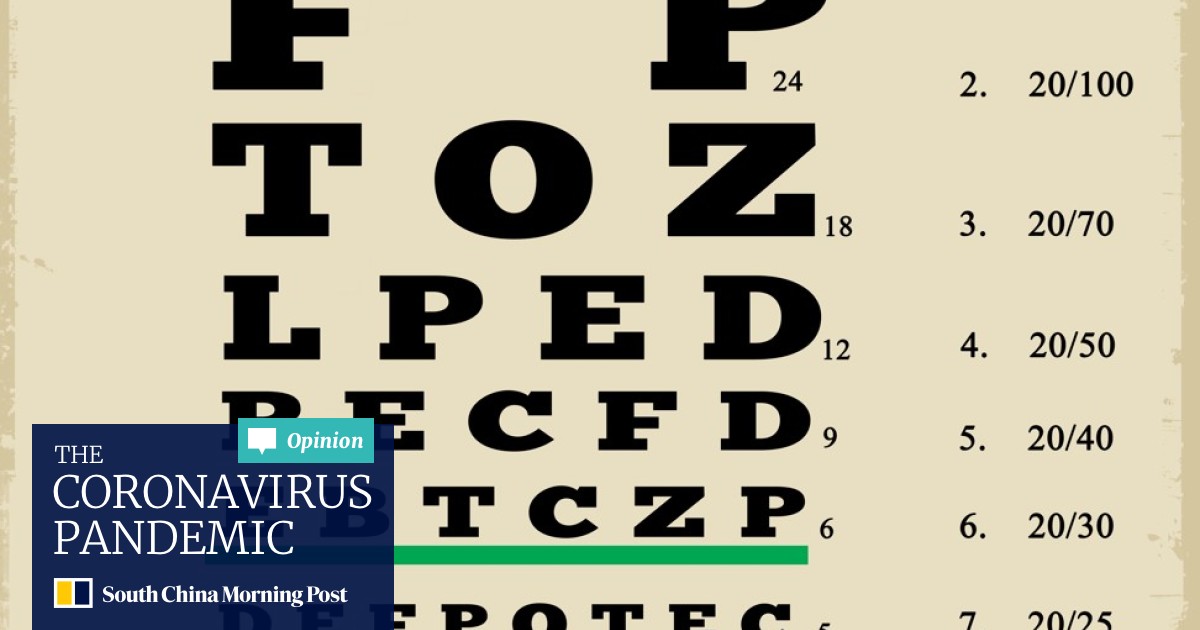



How The Term Evolved From Visual Acuity To General Excellence South China Morning Post




Visual Acuity Testing In Adults Instructional Video On Vimeo
It indicates that you see things from feet away that the majority of people can view at a distance of 30 feet This means your eyesight is below par, and you might need vision correction According to the American Optometric Association (AOA), /30 vision can indicate low vision in some casesConversion Table for Representation of Visual Acuity Visual Acuity values are represented in decimal, fraction (in feet or meters) and log MAR Use the table below for conversion between themYou might have erroneously thought that /40 vision meant that a person's vision is better than /, but that isn't the case However, there are people who do have vision better than / Their vision is measured at /10, meaning they can see things at feet that people who don't need visual aids can see at feet
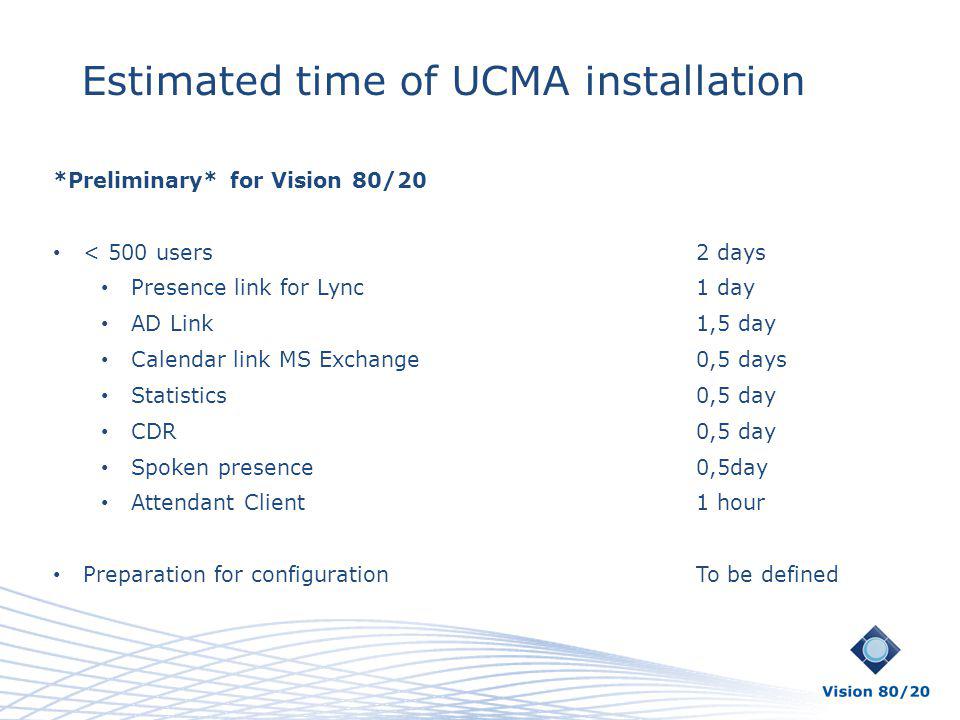



Partner Release Note Vision 80 For Ppt Video Online Download
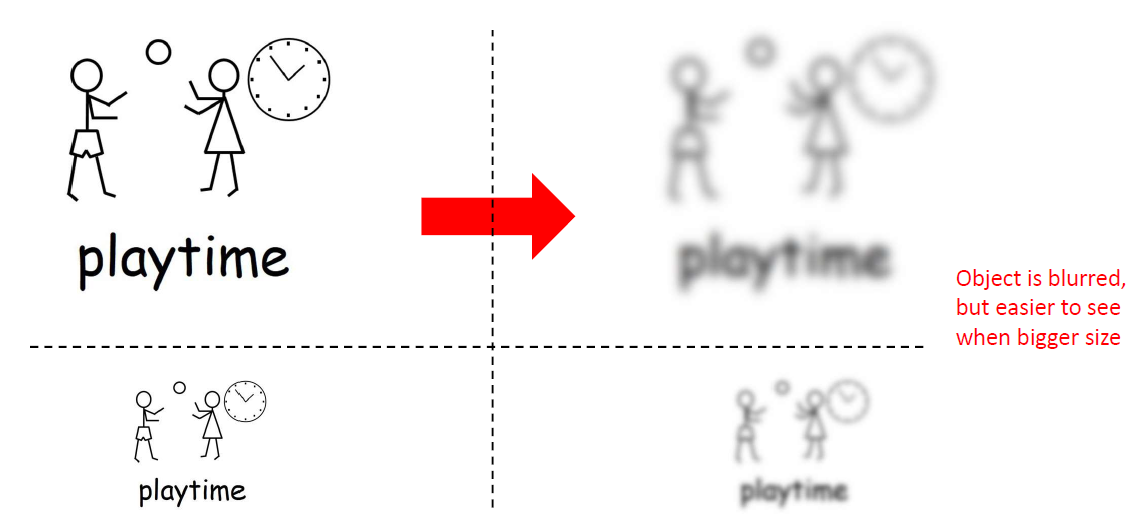



What Print Or Image Size Can My Child See Ulster University
/500 Well, all right, that sure looks helpful And it's not totally useless For some people it will be about right For others, it will be way off For hyperopia, people often just try a few pairs of glasses on at the drug store and buy the pair that helps them read the book inA person with /25 vision can stand feet from an eye chart and see the same detail as a person who has / vision that stands 25 feet from the same chart, according to Divyesh Eye Hospital The term /25 vision is used to describe the quality of a person's vision compared to someone with / vision, which is considered "normal/ is a term to describe normal visual acuity Visual acuity is how clearly you see at a specific distance For example, when your eye doctor asks you to read letters off a chart during an eye exam
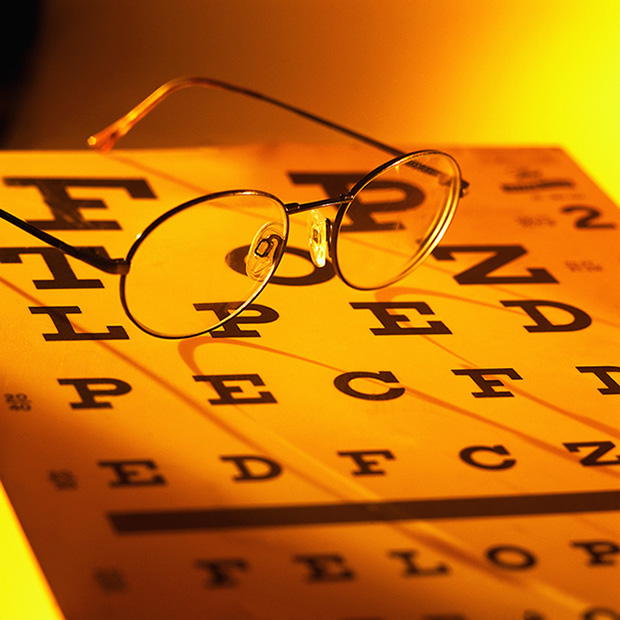



What Does Vision Mean Mount Pleasant Sc Preferred Eyecare Center




Pdf Measuring Vision And Vision Loss
/30 to /60 is considered mild vision loss, or nearnormal vision;Visual acuity (VA) commonly refers to the clarity of vision, but technically rates an examinee's ability to recognize small details with precisionVisual acuity is dependent on optical and neural factors, ie (1) the sharpness of the retinal image within the eye, (2) the health and functioning of the retina, and (3) the sensitivity of the interpretative faculty of the brain/0 to /400 is considered severe visual impairment, or severe low vision In the United states, a person with /0 in the BETTER eye is considered legally blind /500 to /1,000 is
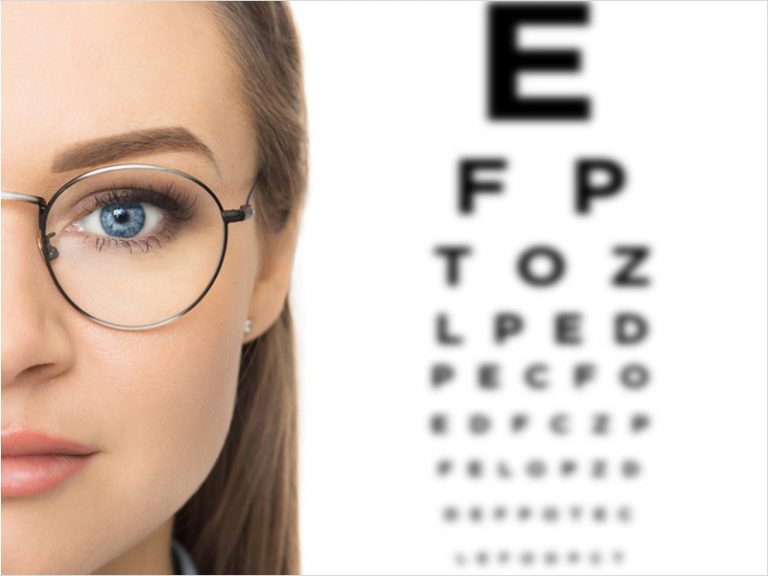



Does Vision Actually Mean Perfect Vision Framesbuy Usa



Volume 5 Chapter 51 Measuring Vision And Vision Loss
Total visual impairment No light perceptionTo clarify this further, if you have /40 vision, and there is a normal person standing 40 feet from the chart and you are standing feet from the chart, you both see the same amount of detail on the eye chart The reverse applies if you have /10 vision If you have /10 vision/30 to /60 is considered mild vision loss, or nearnormal vision;




What Does 30 Vision Mean For Eyes Blog
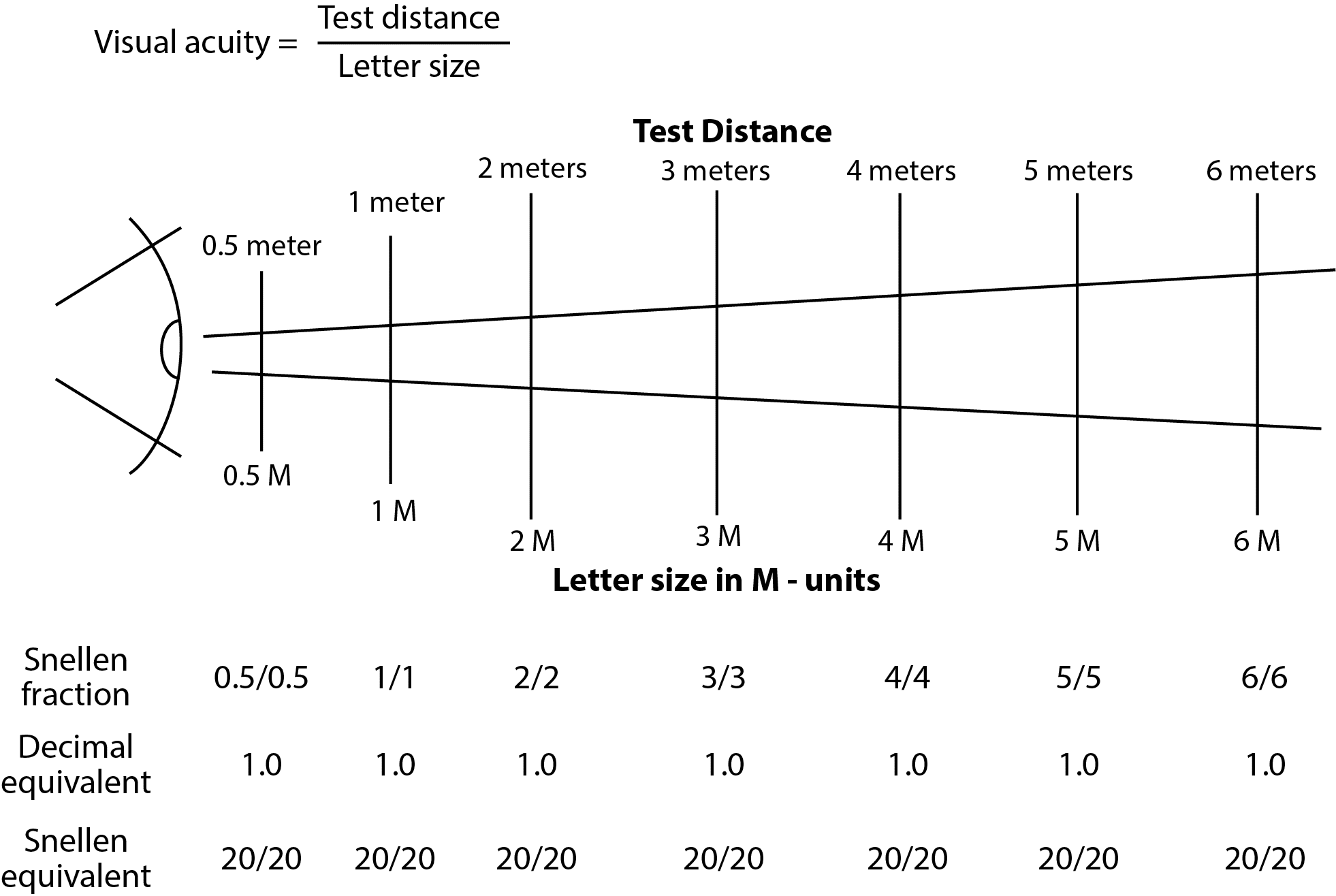



Snellen Eye Test Charts Interpretation Precision Vision
While the / vision system measures how well you can see compared to a healthy benchmark, diopters measure the focusing power of your glasses There is a relationship between the two, shown in the table below This gives you a very rough conversion between diopters and the / measurement – but bear in mind there is a lot of variationNeartotal visual impairment Counting fingers, Hand motion, Light perception, or 5 degrees or less on visual field;The American Foundation for the Blind states that /0 vision is the clinical definition for legal blindness Therefore, a person with /600 vision is considered legally blind With /600 vision, an individual sees people only as shapes, WPTV indicates CNN explains that this level of eyesight impairment is comparable to a newborn's eyesight




What Does Vision Mean




As A Baby Emerges From The Darkness Of The Womb With A Rudimentary Sen Sentence Correction Sc
When you stand feet away and be able to read only the line 1, your vision is /0 If you can read the line 8, "D E F P O T E C", you have /, normal vision The line 1, /0, means if you have the normal / vision, then you can see the big E on line 1, from 0 feet awaySnellen charts help to determine a baseline for your vision in each eye – a baseline typically measured against / vision This means when you are feet away from an object, you can comfortably see details that most people with normal vision can also see at feet distanceA person with /50 vision is considered to have visual impairment, according to WebMD Individuals with /50 visual acuity can see an object clearly at feet away that individuals with normal vision can see clearly at 50 feet away 246K views




Our Readers Want To Know What Is The Difference Between Low Vision And Legal Blindness Visionaware



Visual Impairments The Special Ed Wiki
/0 to /400 is considered severe visual impairment, or severe low vision;/70 to /160 is considered moderate visual impairment, or moderate low vision;Eye Health Overview Regular eye exams reveal vision problems like nearsightedness, farsightedness, presbyopia, and astigmatism Your doctor may prescribe glasses or contact lenses




What You Should Know About Low Vision Vs Legal Blindness 19 09 05 Ishn




Understanding The Numbers Behind A Student S Visual Impairment And The Use Of Functional Vision Paths To Literacy
Meaning Of / Or Normal Vision On getting your vision tested, your optometrist or ophthalmologist will note down your eyesight on the prescription If it's /, you should be glad that you have normal vision with adequate clarity and sharpness This reading was taken when you were asked to read the Snellen's chart at a distance of




Vision Loss In One Eye Causes Of Blurry Dark Or Partial Vision




Measuring Vision And Vision Loss Pdf Visual Acuity Visual Impairment




The Different Vision Types What Do You Have




The True Meaning Of Vision Stanton Optical
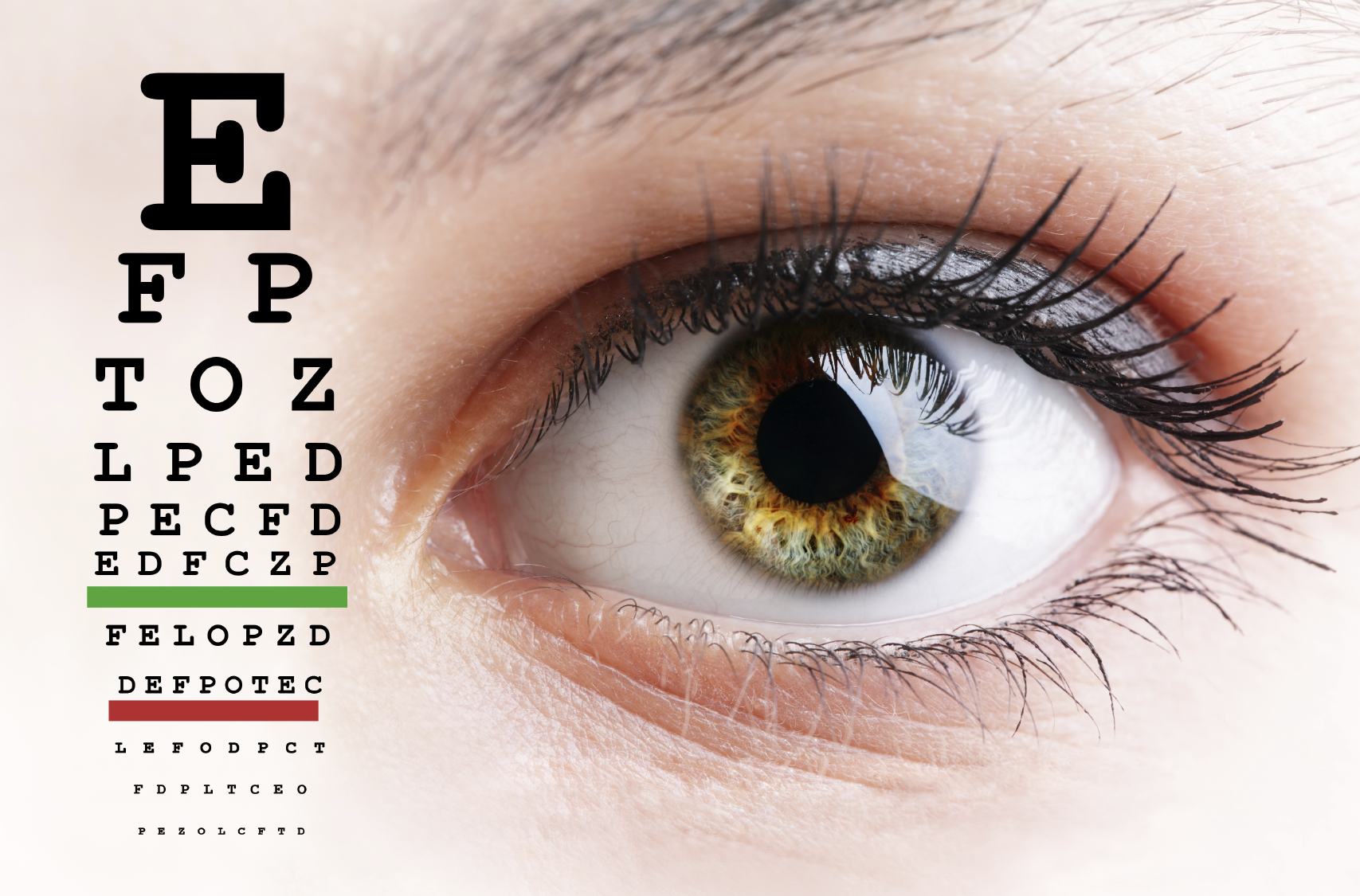



Vision How To Convert Based Measure To Diopters Happy Eyesight




Conversions Between Letter Logmar And Snellen Visual Acuity Scores Download Table




Visual Acuity Wikipedia
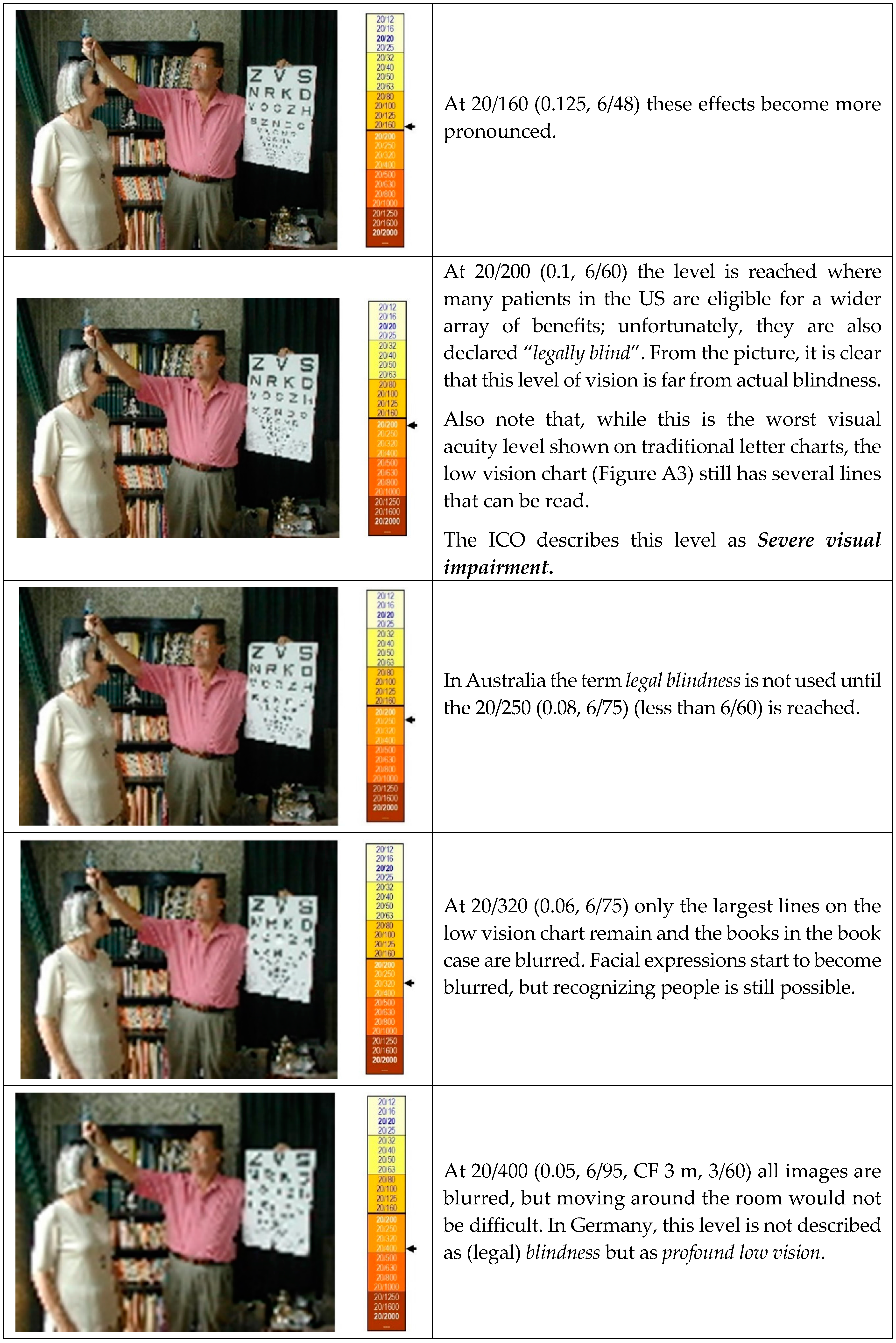



Vision Free Full Text Vision Rehabilitation Is Part Of Amd Care Html




What Does Vision Mean Dominic Tunnell Opticians
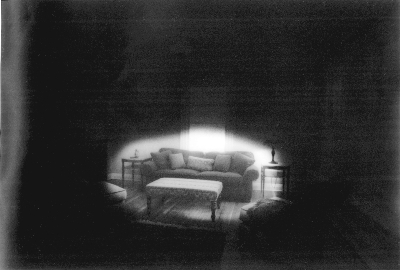



Low Vision And Legal Blindness Terms And Descriptions American Foundation For The Blind




Visual Acuity Vision 6 6 Vision Peter D Arcy Optometrist




Pdf Visual Standards Aspects And Ranges Of Vision Loss With Emphasis On Population Surveys



What Does Vision Mean American Academy Of Ophthalmology
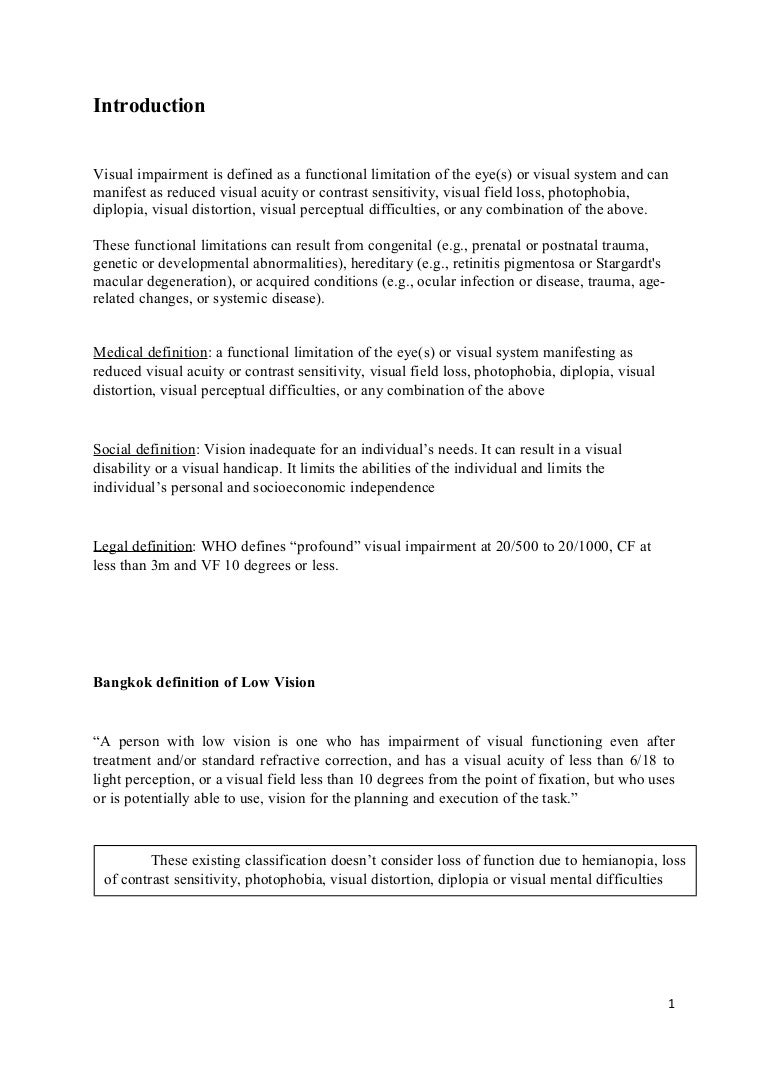



Low Vision Rehabilitation
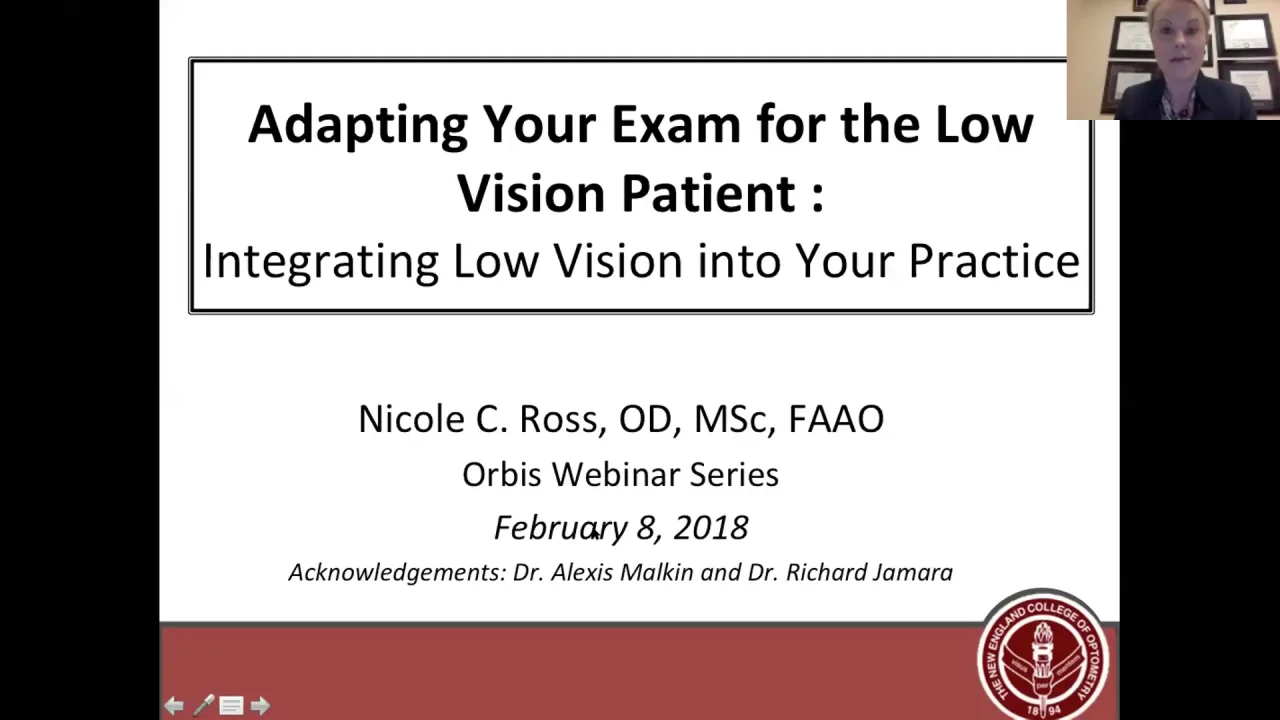



Lecture How To Adapt Your Examination For A Low Vision Patient Cybersight
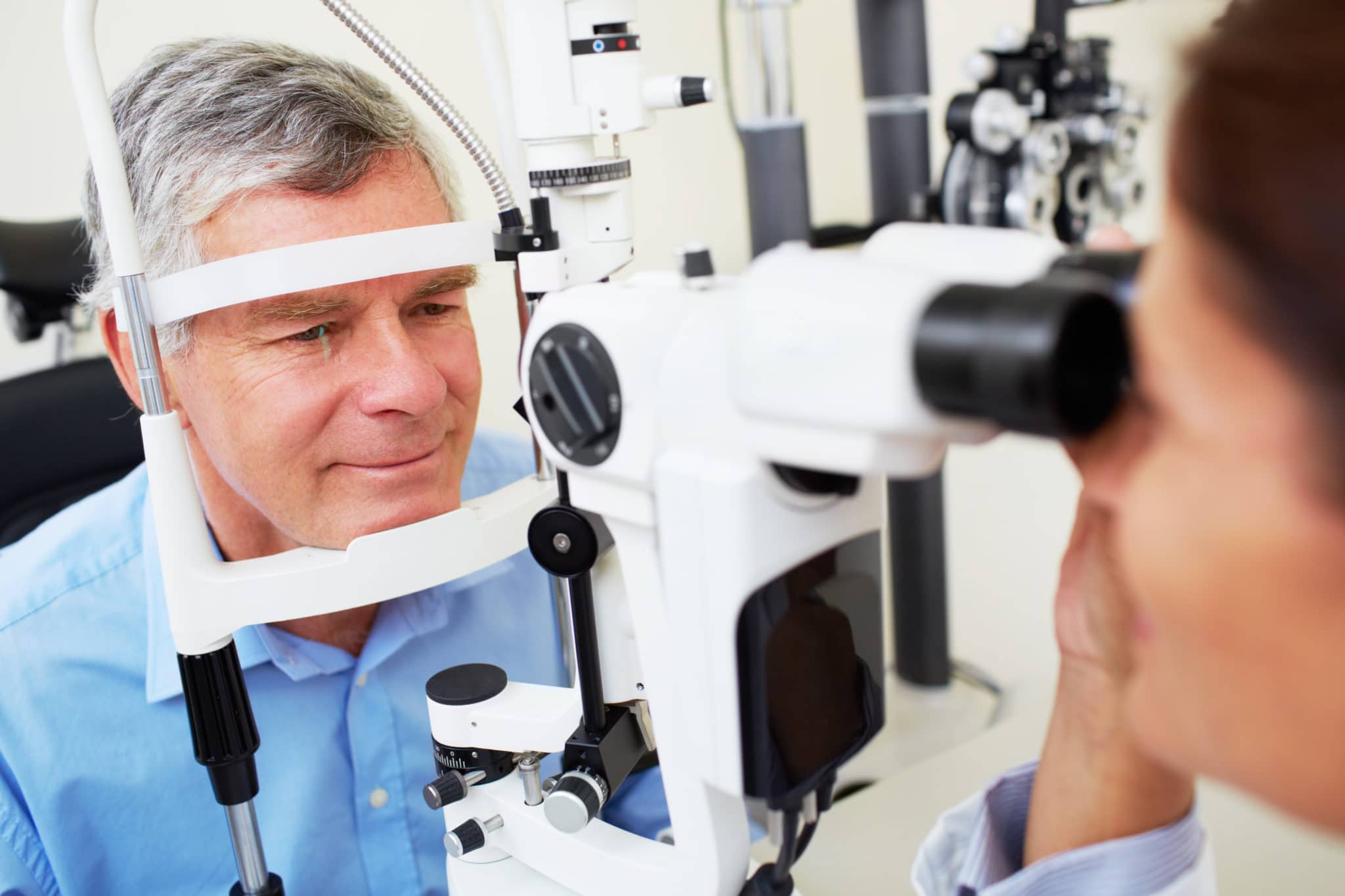



Want To Know What Makes Up Vision The Eye Clinic P C
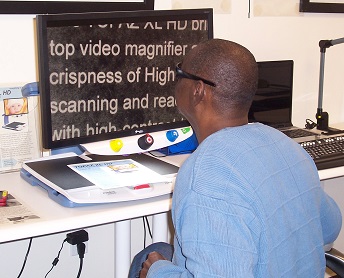



Low Vision And Legal Blindness Terms And Descriptions American Foundation For The Blind




Smales Farm Technology Office Park Vision Of The




One Year Later Aggressive Ms Paralysis Blindness Raincoates Beauty
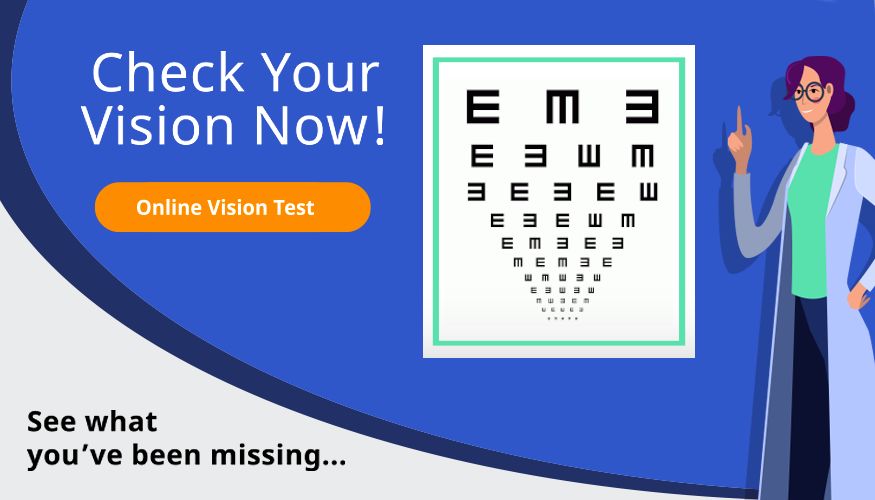



What Is Vision All About Vision



What Do You Mean By 30 In The Eyes Quora



1




Pin On Health Safety
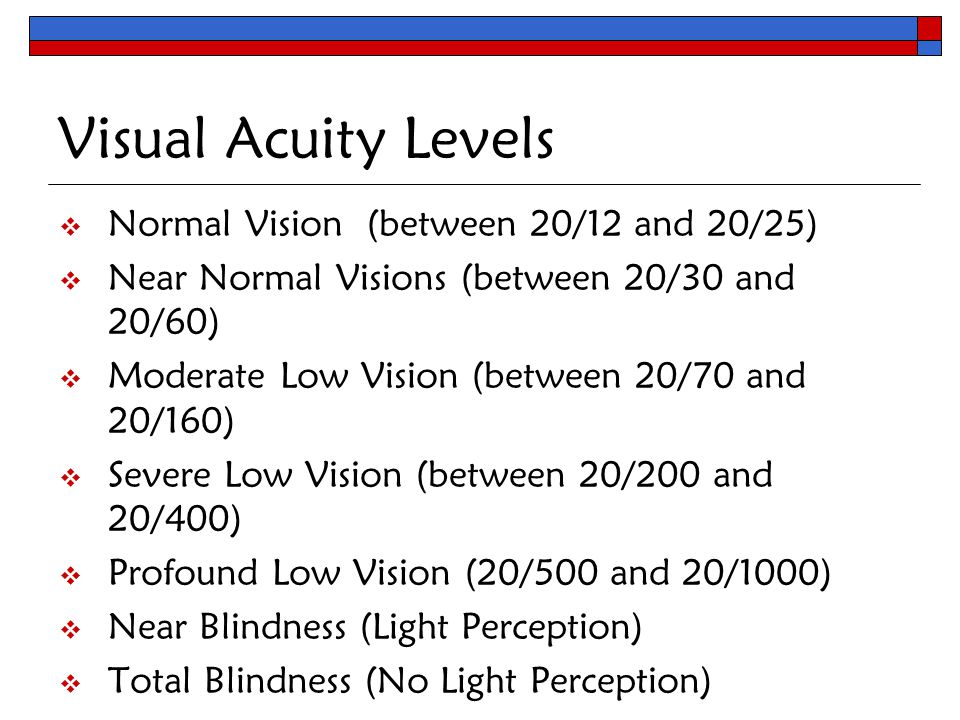



Teaching Students Who Are Blind Or Visually Impaired In The Classroom Adapted From J Northcott Aug Ppt Video Online Download




Visual Acuity Wikipedia




Vision Simulation Youtube




What Does Vision Actually Mean Optimax



Visual Impairments The Special Ed Wiki
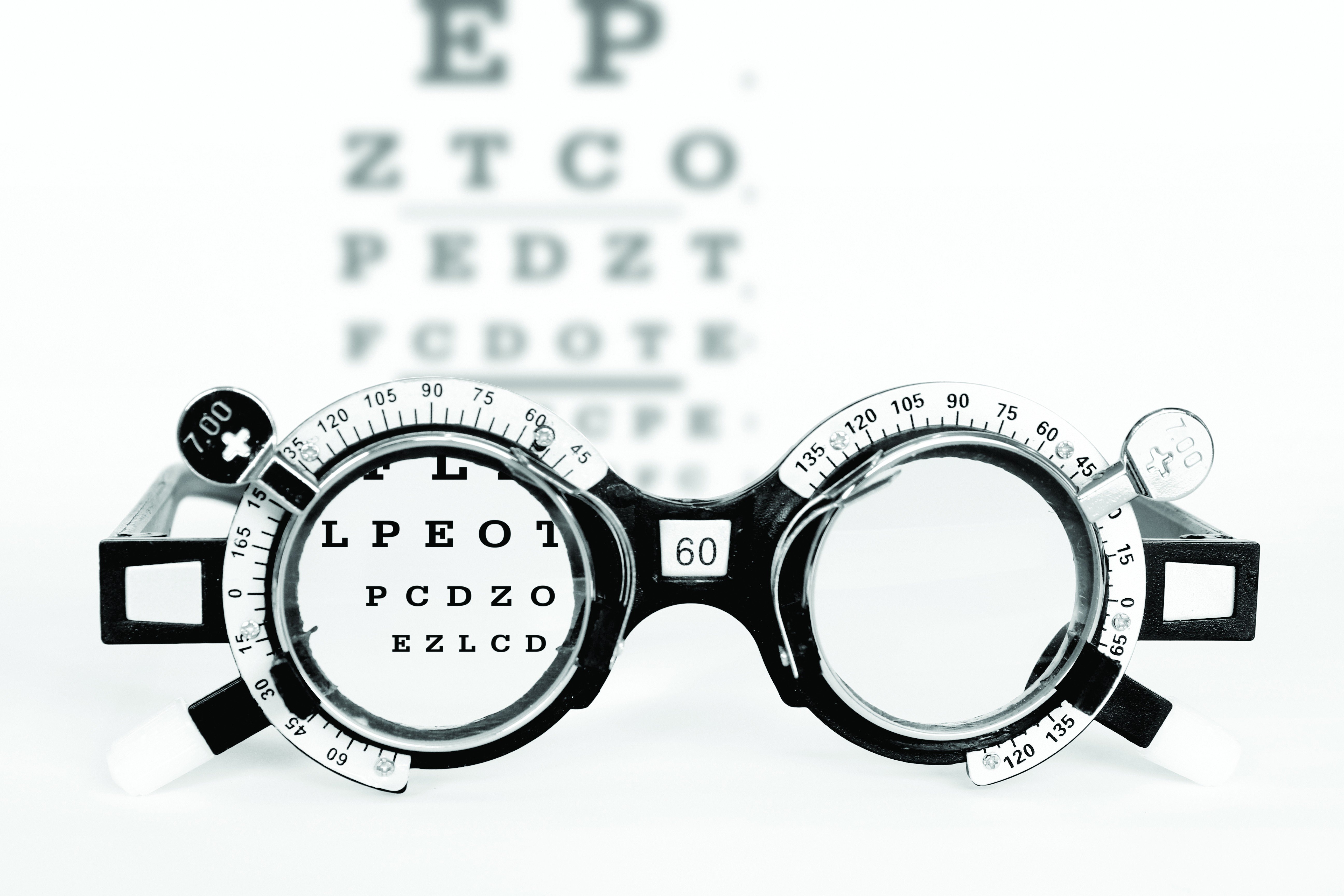



How The Term Evolved From Visual Acuity To General Excellence South China Morning Post



Difference Between Low Vision Legal Blindness Visual Impairment And Blindness Health Nigeria




Can Contact Lenses Give Me Vision



What Is A 400 Eyesight Quora



60
:max_bytes(150000):strip_icc()/GettyImages-86431634-a2deb3c2a4704b2d9eb12d96d17a9bb3.jpg)



What Does It Mean To Have Vision




Legally Blind Definition Treatments And Support




Pdf Measuring Vision And Vision Loss




What Is Vision How To Convert Diopters To A Measure




Low Vision And Vision Rehabilitation Aoa



What Will Be My Vision If My Eye Power Is 5 00 Quora




Vision 10 Vision 40 Vision What Do All These Numbers Actually Mean Commonwealth Eye Surgery




Causes Of Blindness Va 400 Severe Visual Impairment Va Download Scientific Diagram




What Does Vision Really Mean Isthmus Eye Care Middleton And Madison Wisconsin Eye Care Isthmus Eye Care
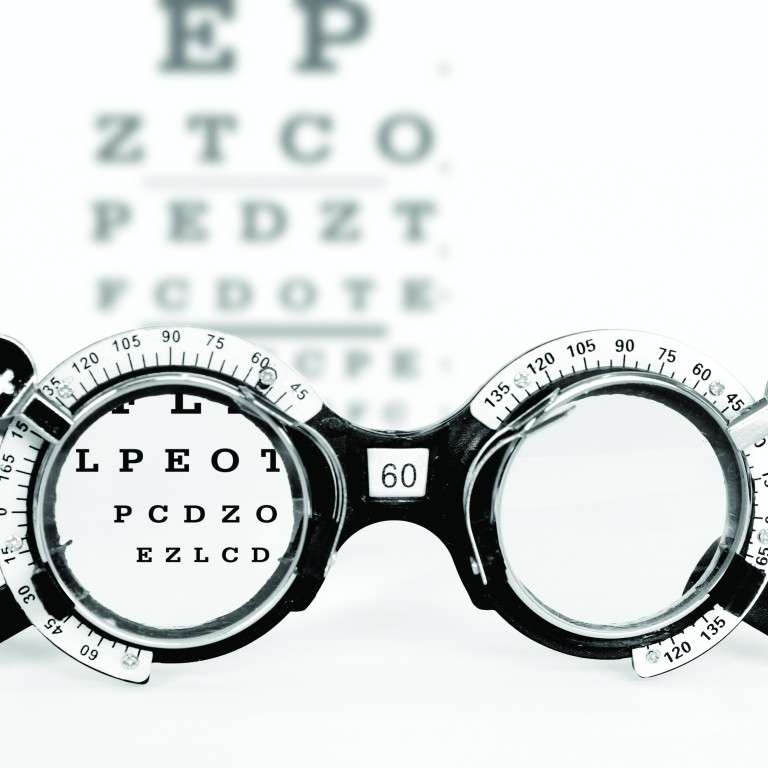



How The Term Evolved From Visual Acuity To General Excellence South China Morning Post



What Does Vision Mean American Academy Of Ophthalmology




In Vision Terms What Does 300 Mean Quora




Vision Classifications Teaching Students With Visual Impairments



My Eyesight Is 0 04 Or 500 American English Wordreference Forums
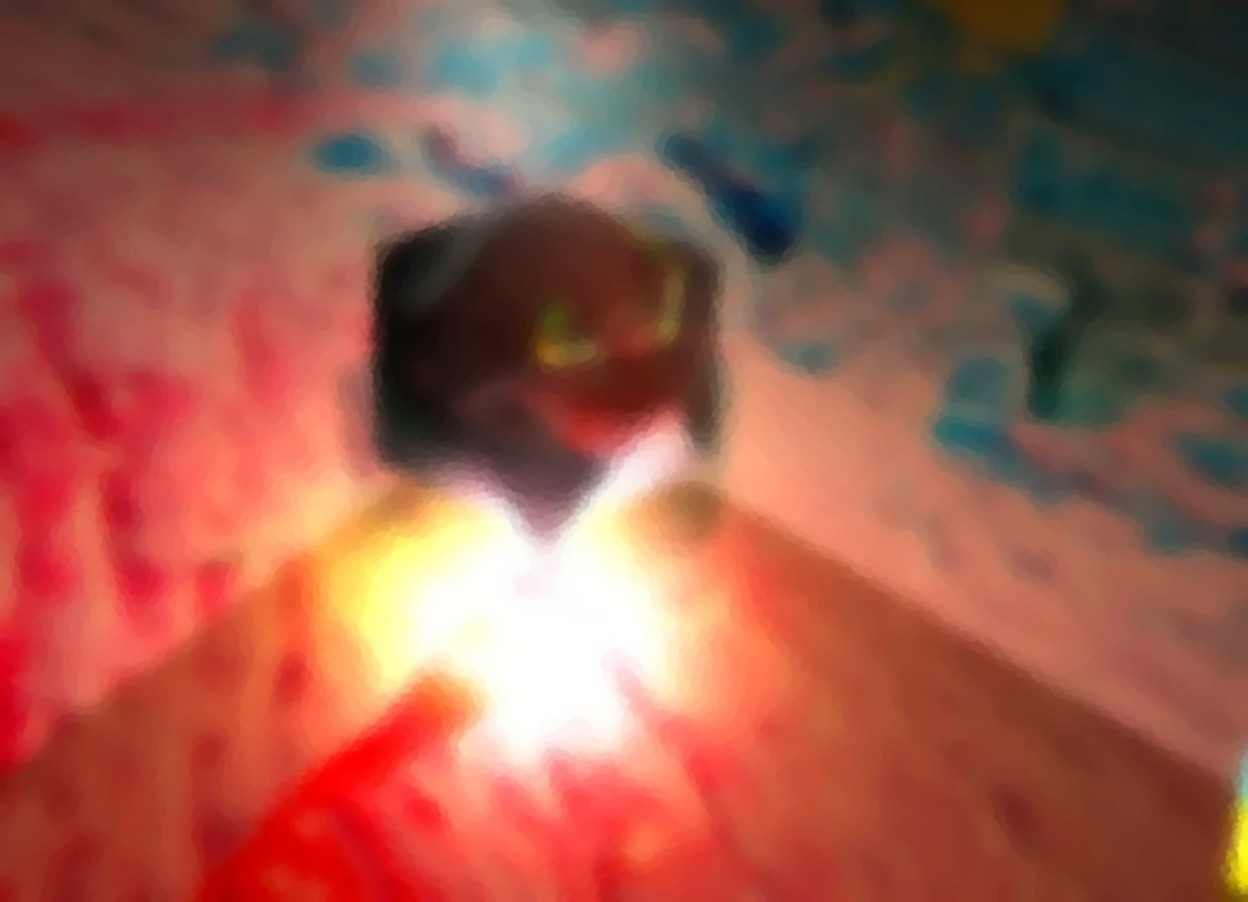



500 Vision By Cemurp On Wordseye




Smales Farm Technology Office Park Vision Of The



Dr Denise M Robinson What Does Legally Blind Look Like




Vitrectomy For The Treatment Of Submacular Hemorrhages From Macular Degeneration A Comparison Of Submacular Hemorrhage Membrane Removal And Submacular Tissue Plasminogen Activator Assisted Pneumatic Displacement Abstract Europe Pmc
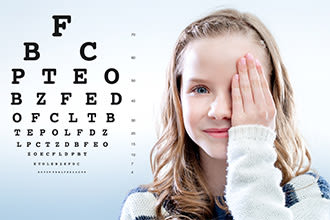



What Is Vision All About Vision



Lea Test Ltd




Pdf Measuring Vision And Vision Loss



Http Www Icoph Org Downloads Visualstandardsreport Pdf




Habits For Better Vision Scientifically Proven Ways To Improve Your Eyesight Naturally Aileen Yi Fan Download




Visual Acuity Testing From The Laboratory To The Clinic Sciencedirect




Snellen Eye Test Charts Interpretation Precision Vision




Visual Acuity Vision 6 6 Vision Peter D Arcy Optometrist
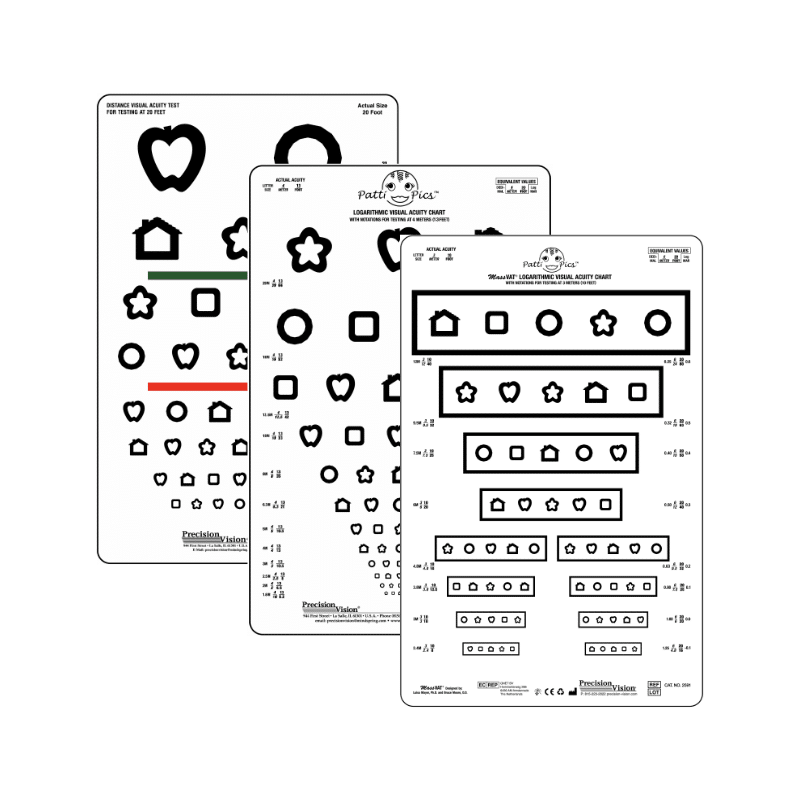



Snellen Eye Test Charts Interpretation Precision Vision




Is My Eye Prescription Bad Plus What Is Legally Blind



Eligibility Criteria Assessments Low Vision And Blindness By Rachel Cessna Joanne Hadad Talene Artinian
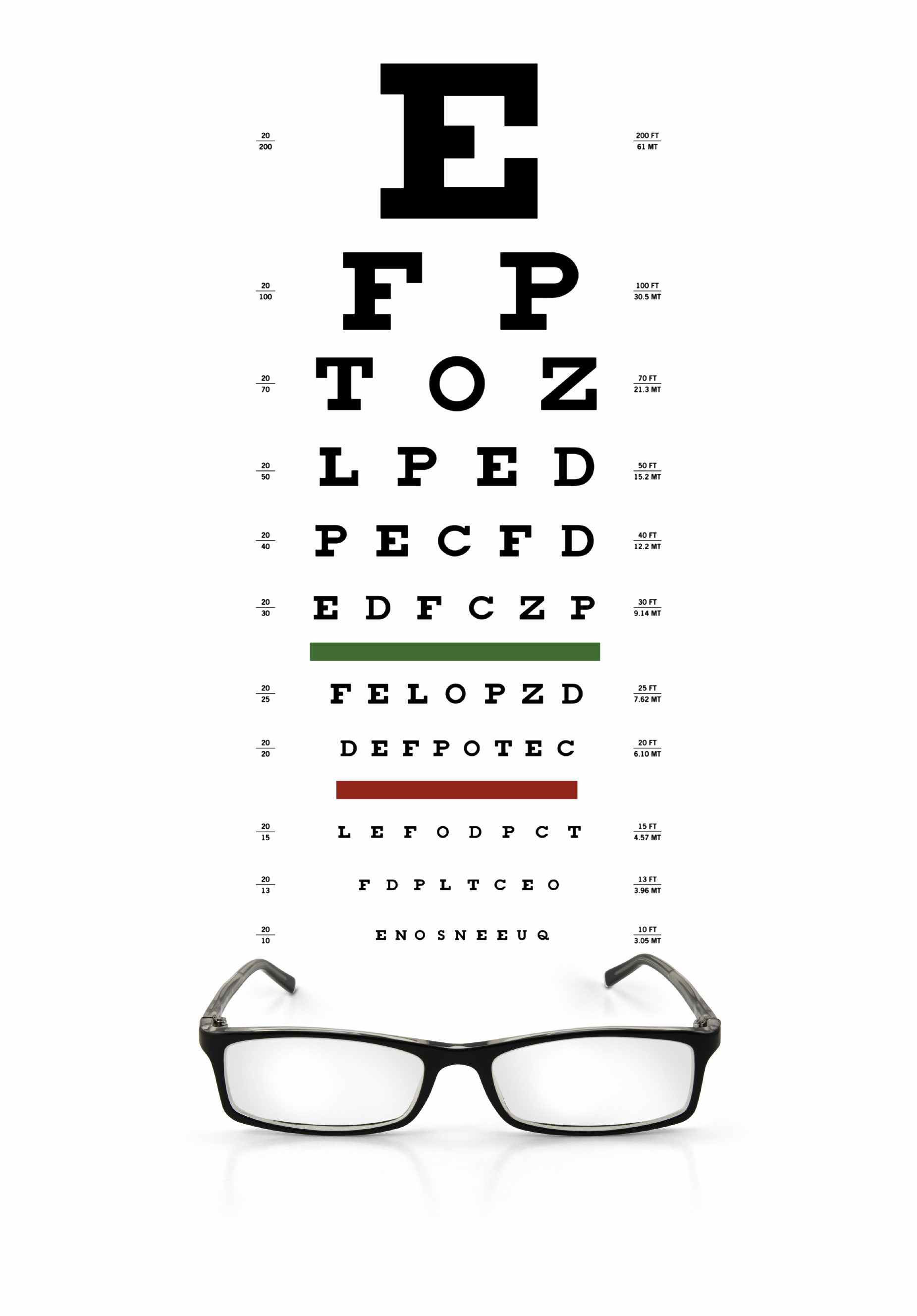



Understanding Your Eyeglass Prescription Discovery Eye Foundation



Www Scielo Br J Abo A Q8hjb66zfxym4svw9bvcnfv Lang En Format Pdf
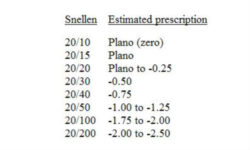



Converting Vision Between Diopters And Xx




Association Of Visual Acuity Improvement With Uncorrected Refractive Error In Patients New To Low Vision Clinics Abstract Europe Pmc




Lasik For Cycling Tokyowheel Pakistan



3



0 件のコメント:
コメントを投稿